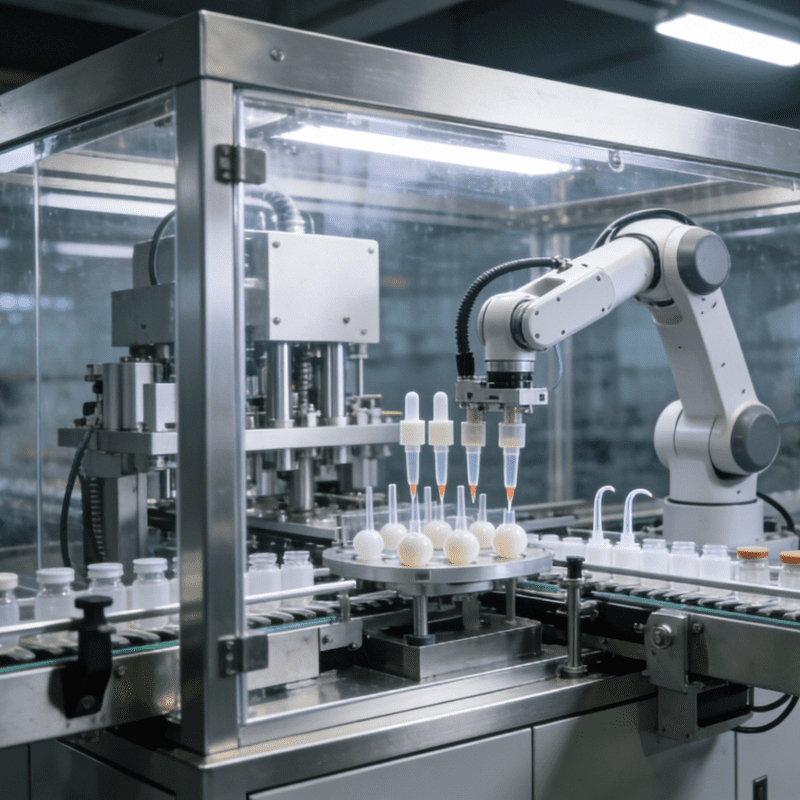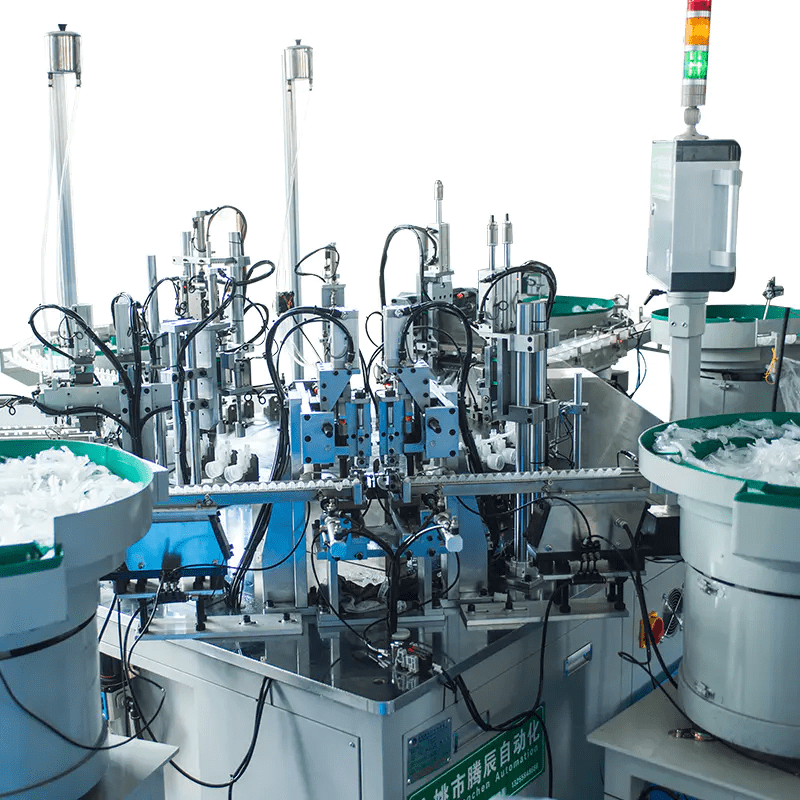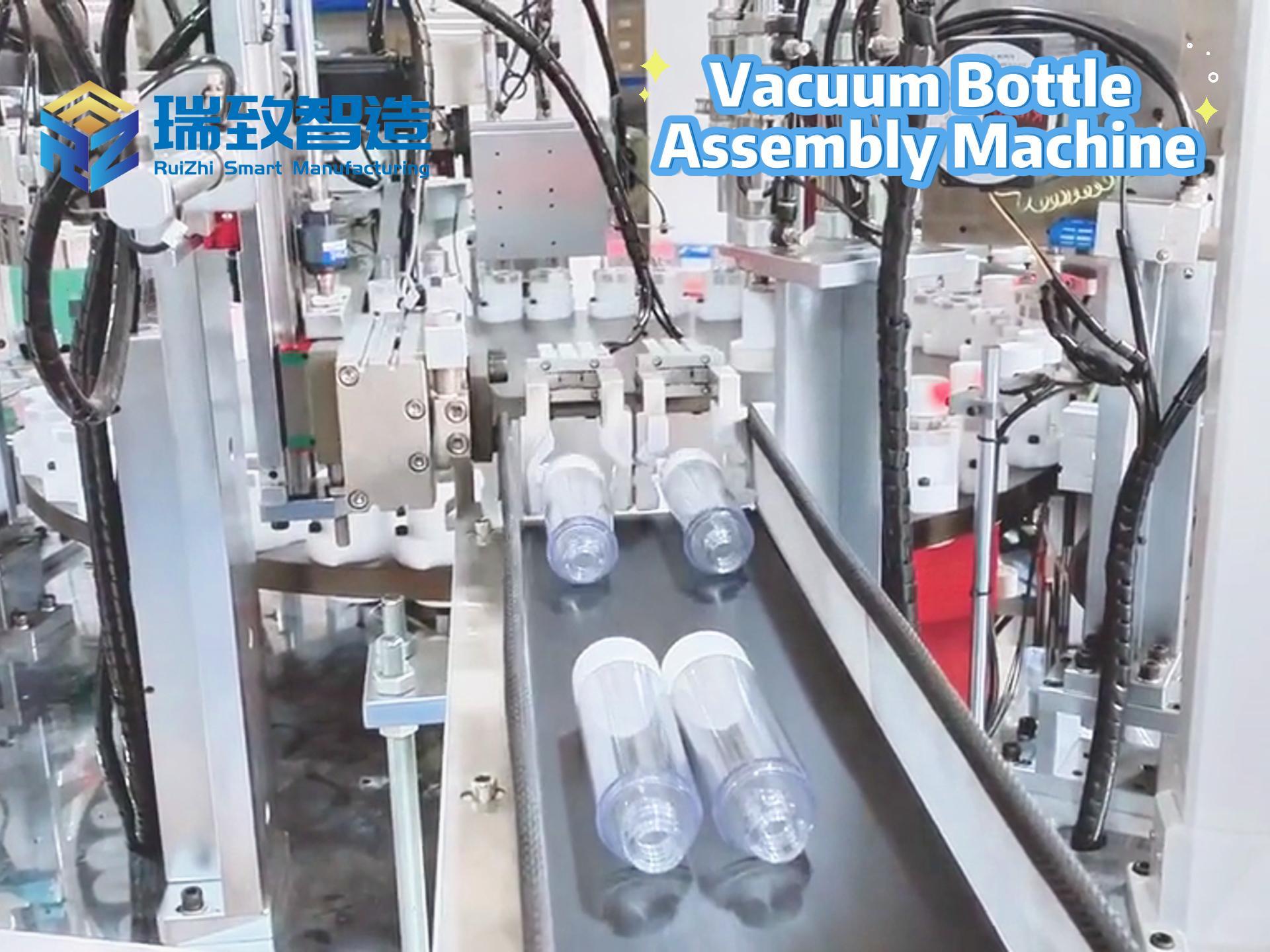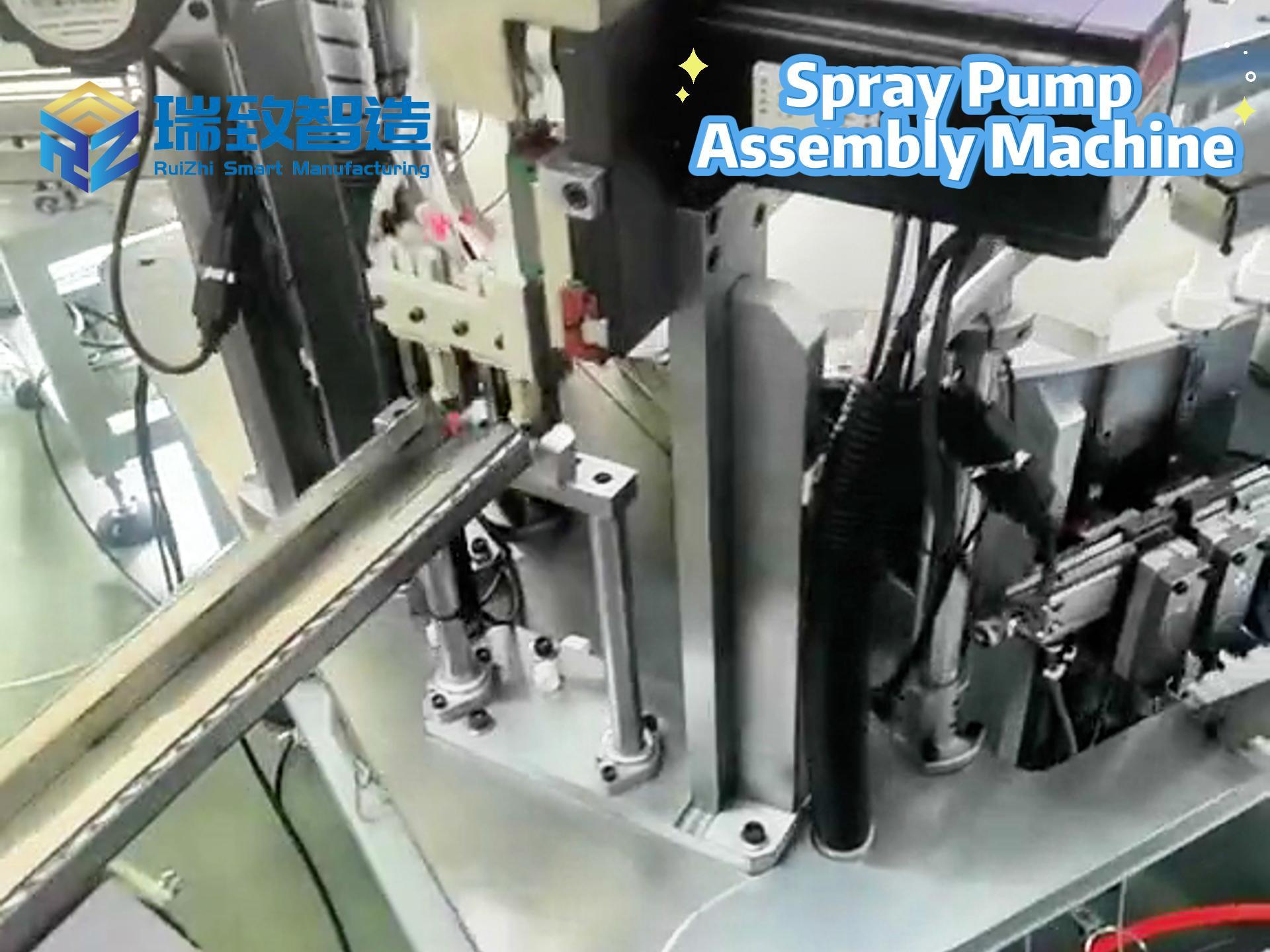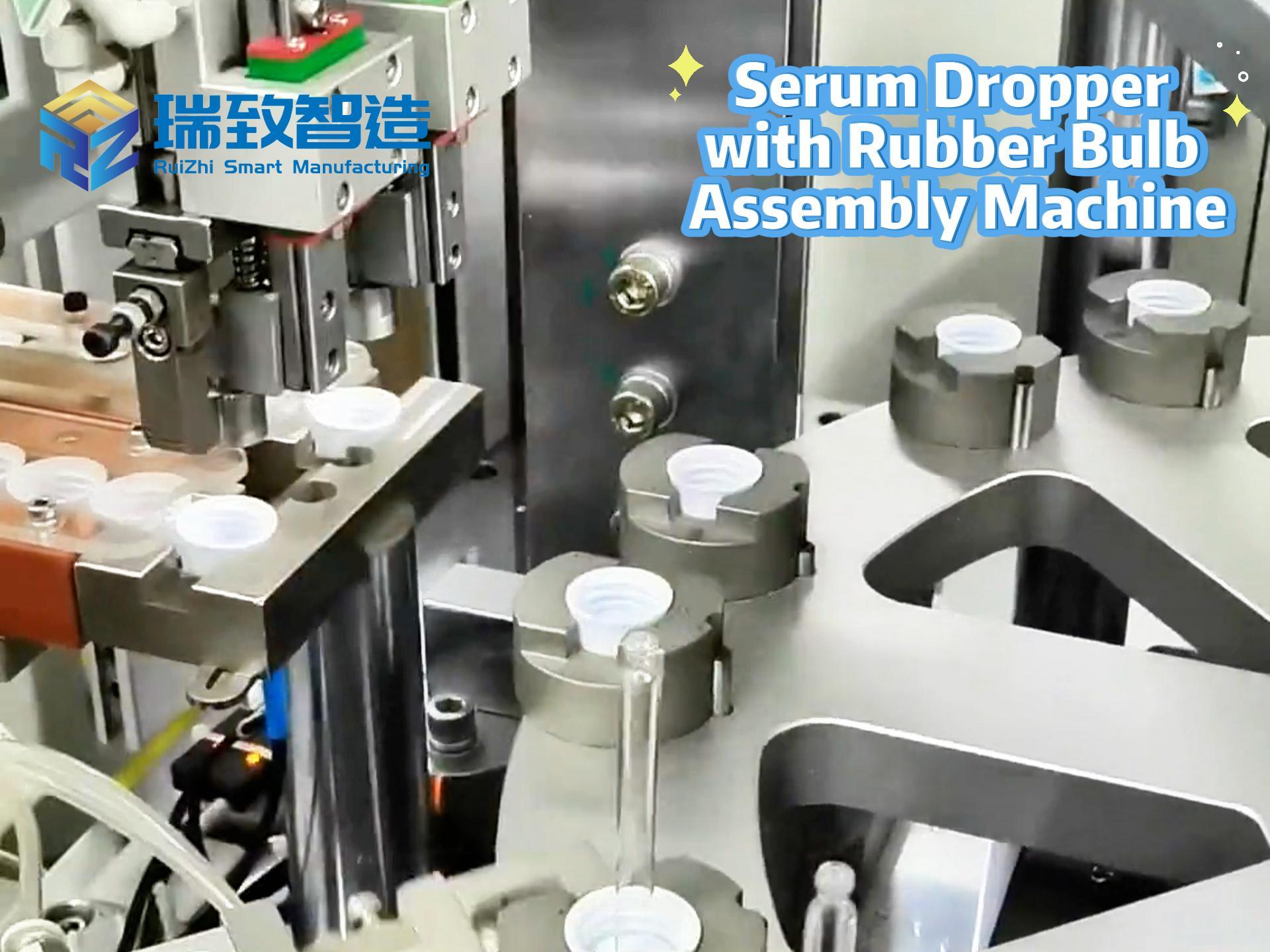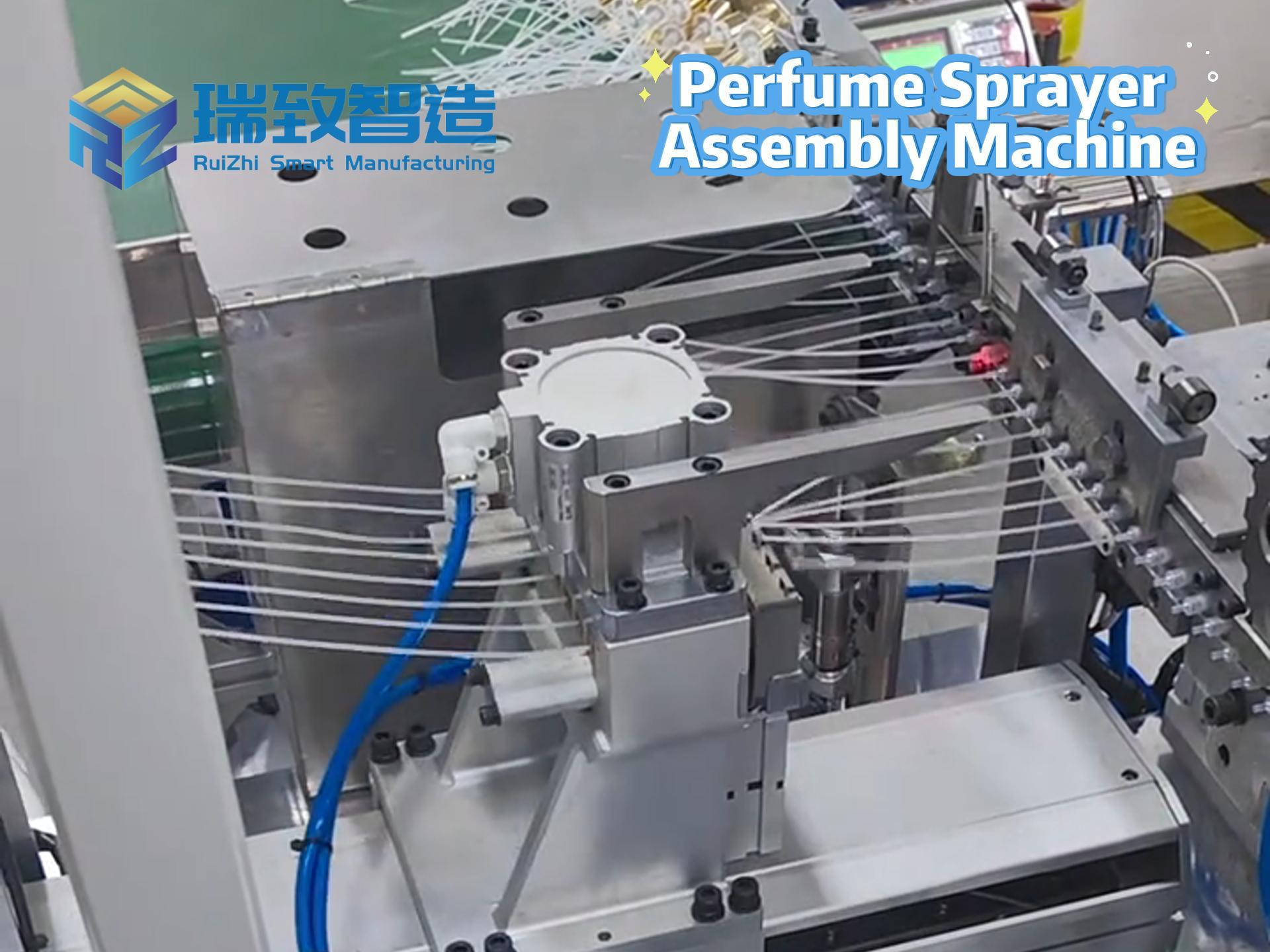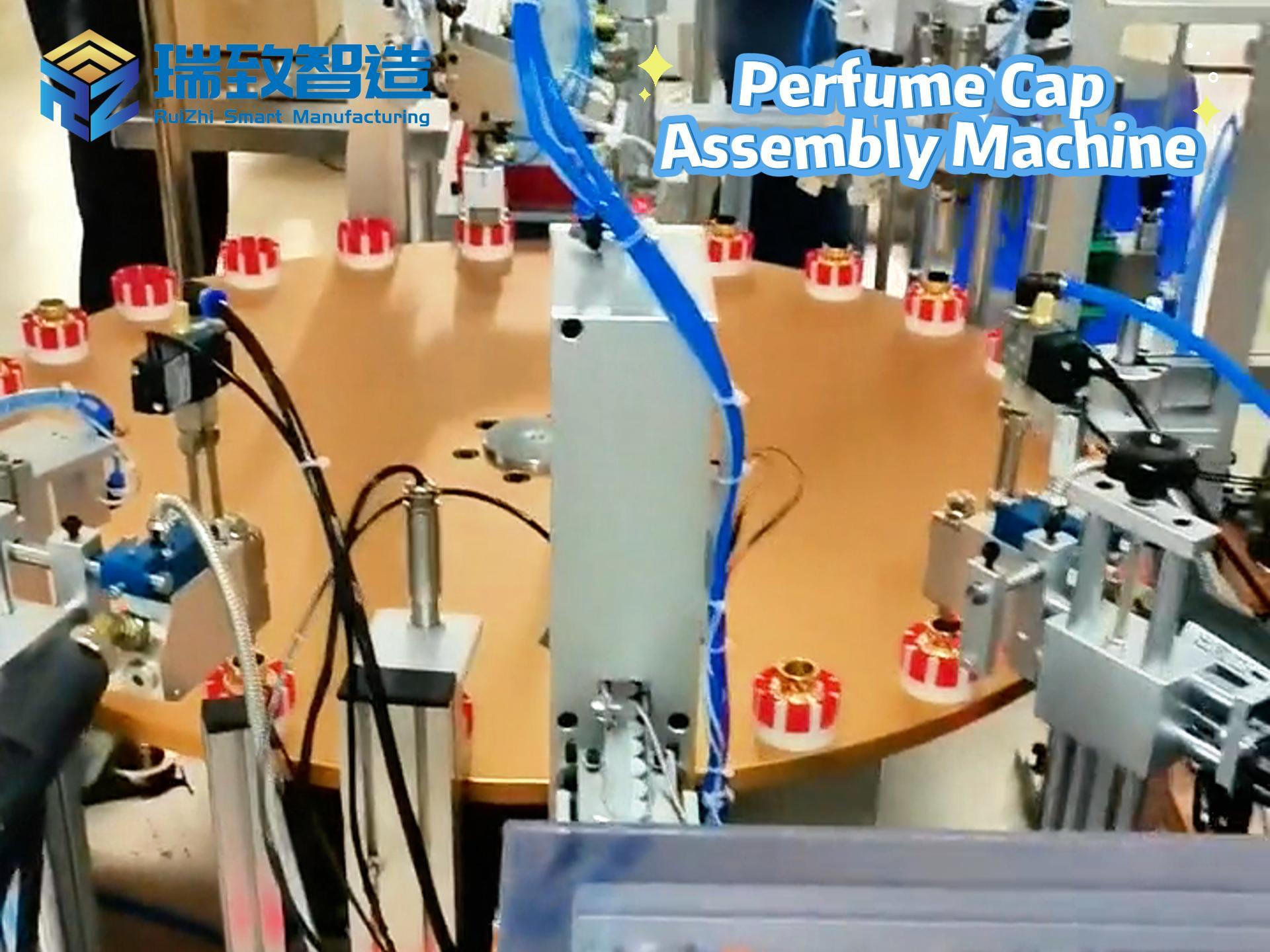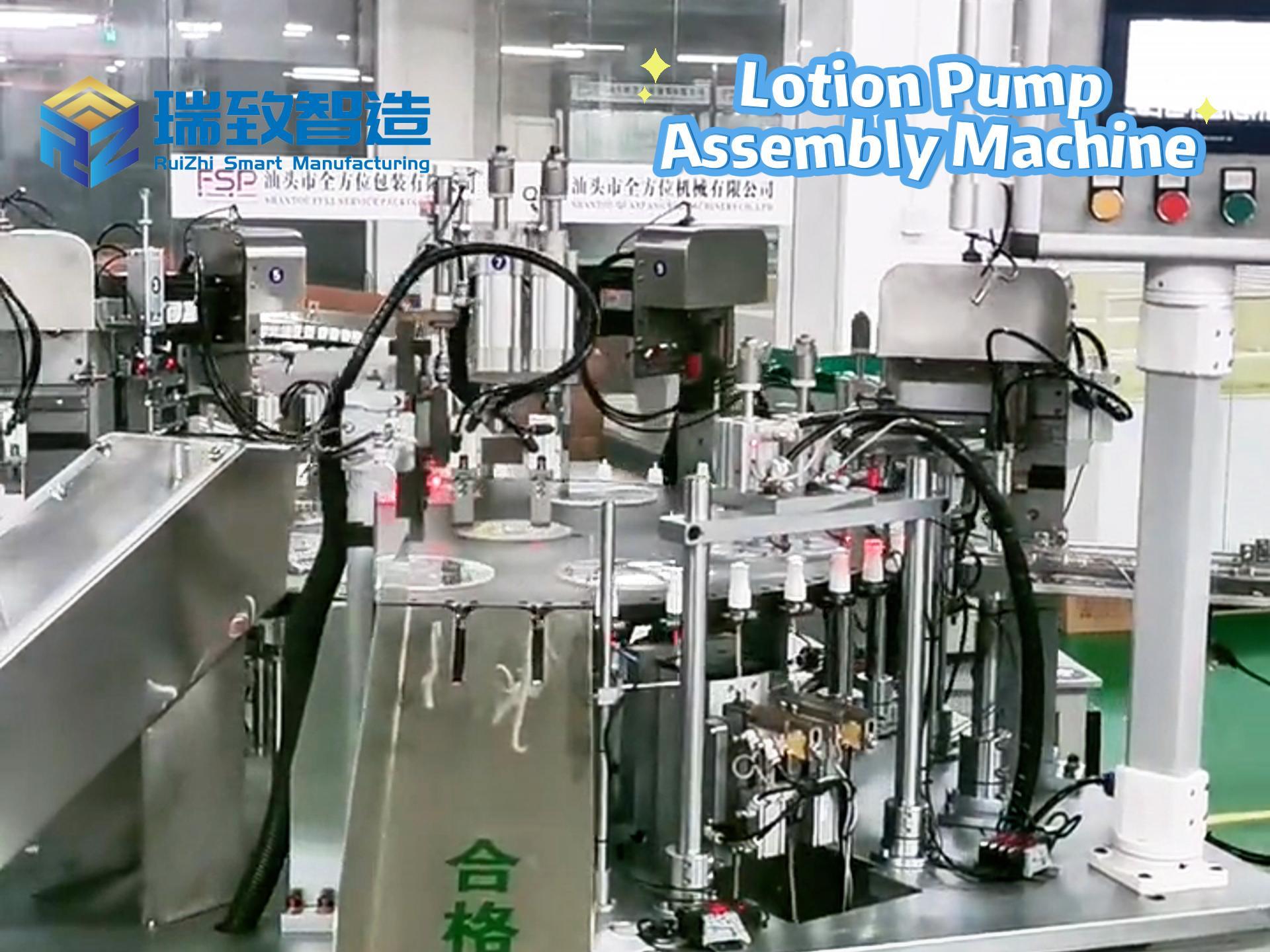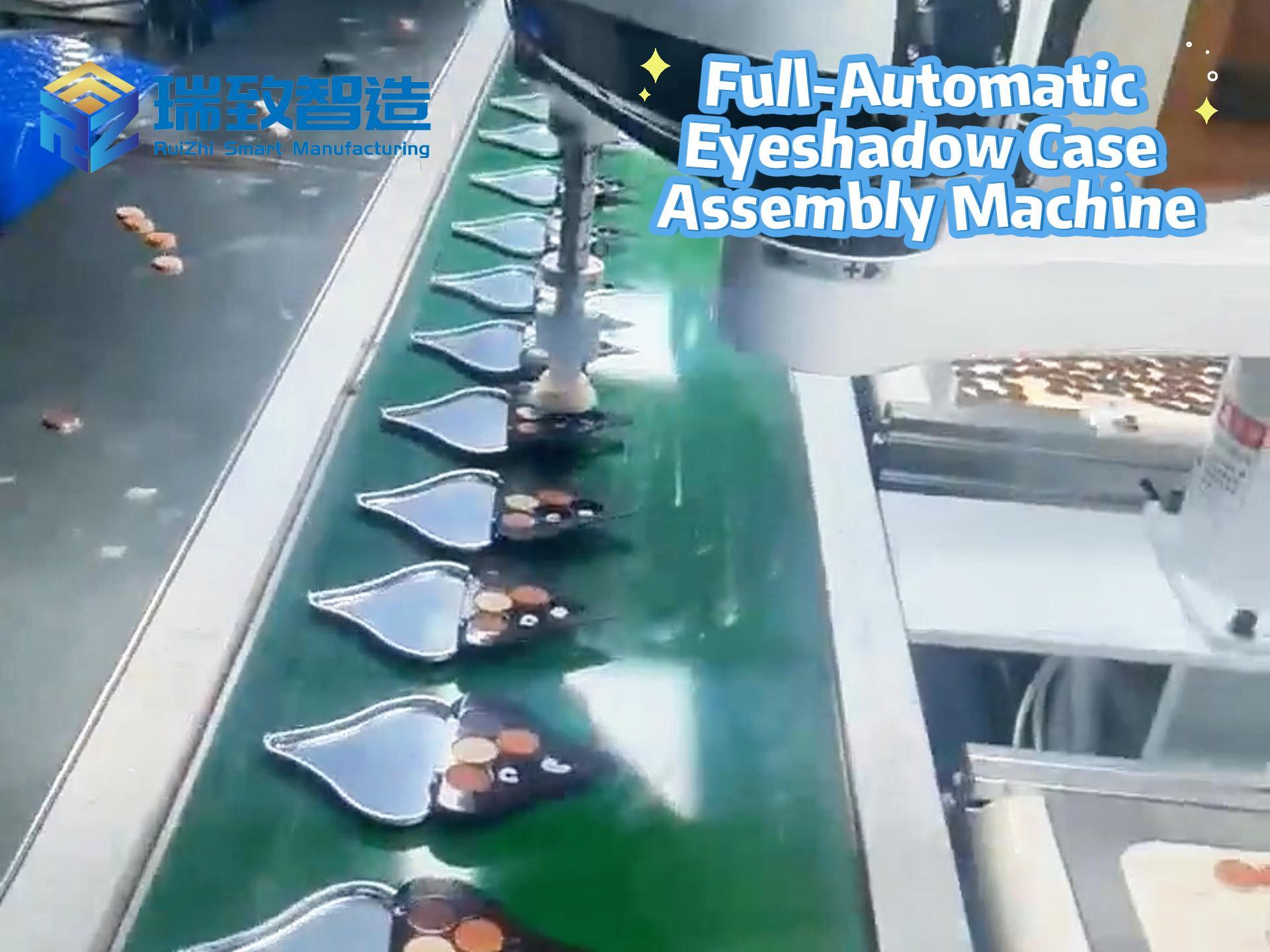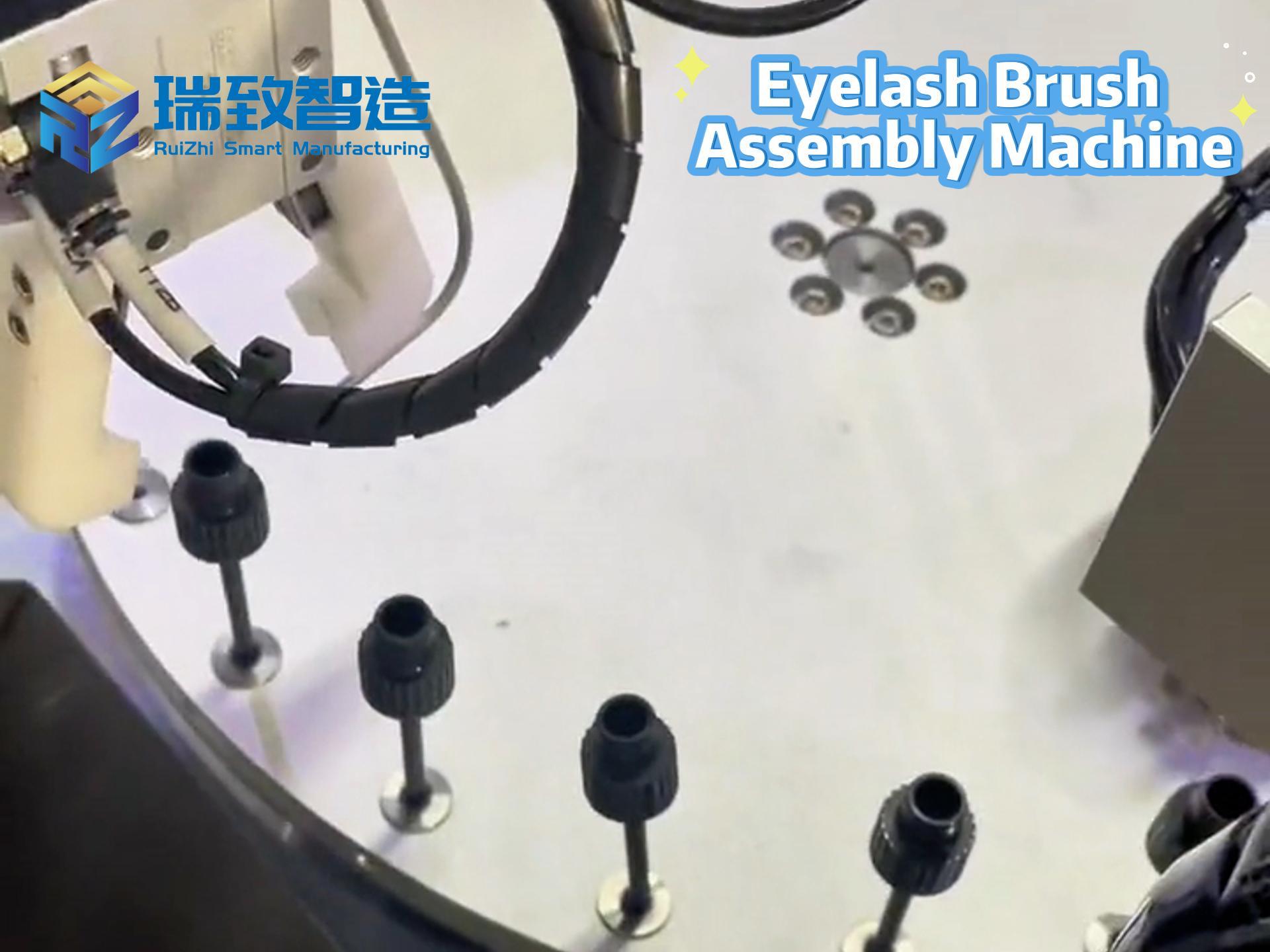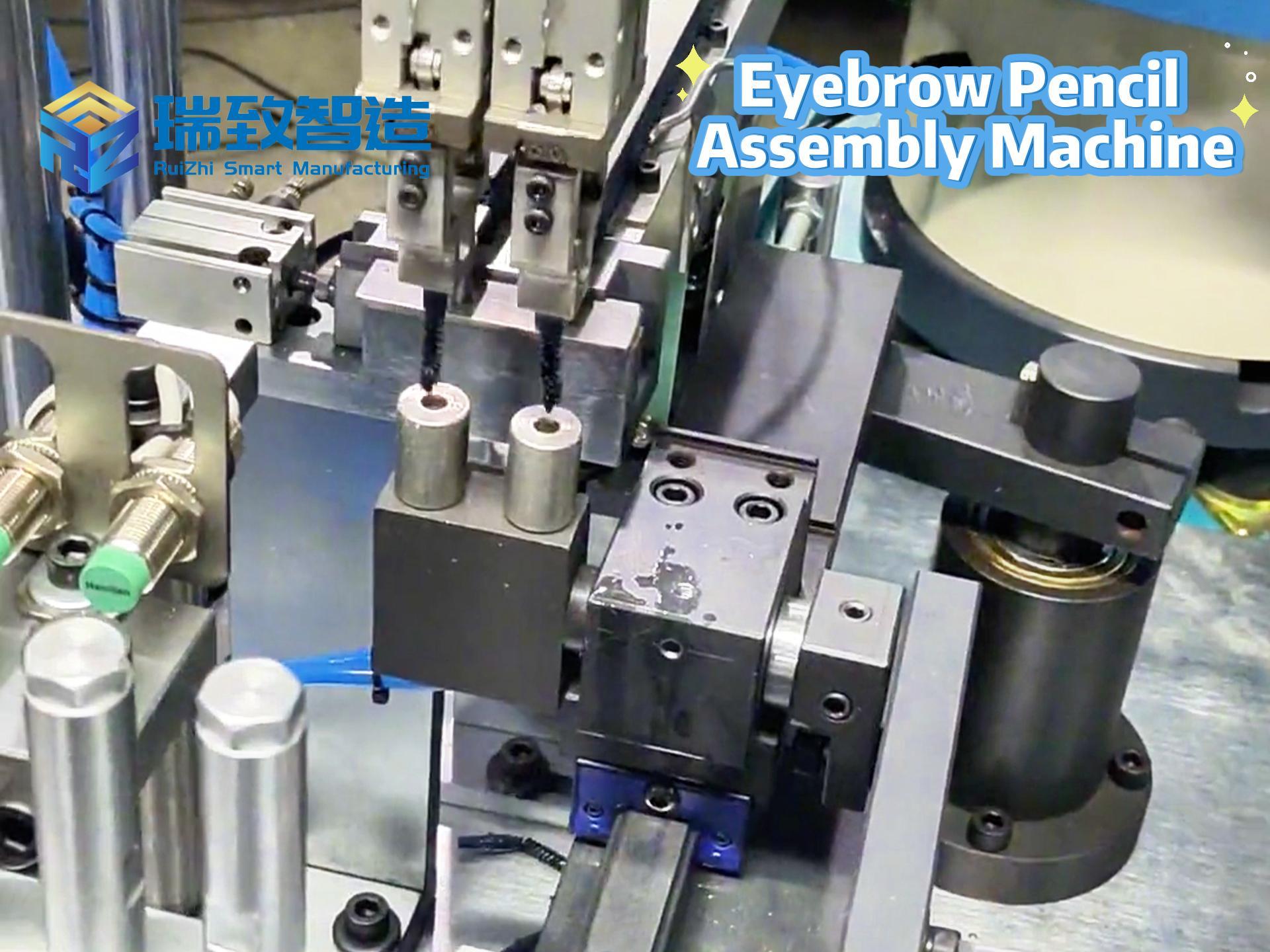
In the niche segment of the automotive aftermarket, automotive brushes may seem ,but they carry important functions from vehicle body cleaning to engine compartment maintenance—every detail, from the bristle hardness of high-pressure car wash brushes to the bristle density of interior detail brushes, affects user experience. And in the “last mile” of these brushes’ journey from the production line to the end consumer, the Automobile brush opening roll packaging machine is breaking the efficiency bottleneck of traditional packaging with automated technology, becoming an invisible driver behind the large-scale production of automotive brushes.
From “Manual Rolling & Packaging” to “Intelligent Sealing”: Breaking Through Pain Points in Packaging
Automotive brushes come in various forms: long-handled car wash brushes require protective sleeves to prevent bristle deformation, small interior brushes need individual packaging to avoid bristle shedding, and special-shaped engine compartment brushes demand custom-fit packaging that conforms to their contours. In traditional production, these processes rely heavily on manual labor: workers must manually unfold packaging films, align the brushes, roll and fix them, then heat-seal—this is not only inefficient (with a single worker producing fewer than 2,000 pieces per day) but also leads to packaging wrinkles and poor sealing due to uneven force, affecting product appearance and storage life.
The emergence of the automobile brush opening roll packaging machine is precisely to address these pain points. It integrates five processes—”unwinding, positioning, rolling, heat-sealing, and cutting”—and realizes continuous operation through an automated system: first, the packaging film on the roll 架 is smoothly unfolded by a tension control system to avoid wrinkles; then, a servo motor-driven positioning platform accurately pushes the brush to the packaging station, ensuring the brush handle is aligned with the center of the film roll; next, the rolling mechanism automatically adjusts the number of turns according to the brush length (e.g., 3 turns for a 30cm long-handled brush, 1.5 turns for a 10cm interior brush), while the heat-sealing knife simultaneously completes longitudinal sealing; finally, the cutting device cuts the packaging film to a preset size. The entire process takes only 3-5 seconds per piece, making it 8-10 times more efficient than manual labor.
Core Technologies: Enabling Standardized Packaging for “Non-Standard Products”
The “non-standard characteristics” of automotive brushes—sizes ranging from 10cm to 1.2m, and shapes including straight handles, curved handles, and special shapes—place extremely high demands on the flexible adaptability of packaging equipment. The technological breakthrough of the automobile brush opening roll packaging machine lies precisely in its ability to accurately handle such diversity.
Dynamic tension control is the first key technology. Packaging films of different materials (PE film, composite aluminum film, scratch-resistant and wear-resistant film) have significant differences in stretch coefficients. The equipment uses pressure sensors to monitor film roll tension in real-time, and with the PLC system, dynamically adjusts the film feeding speed (stepless speed change from 0-50m/min). This ensures that both dust-proof films as thin as 0.05mm and wear-resistant films as thick as 0.3mm can be unfolded smoothly, avoiding film tearing due to excessive tension or wrinkling due to insufficient tension.
Visual positioning and servo collaboration solve the problem of brush positioning. The equipment is equipped with a 3-megapixel industrial camera that can identify the contour and center of gravity of the brush, and calculate the optimal rolling center point through visual algorithms. Subsequently, a servo motor-driven robotic arm pushes the brush to the positioning point with a precision of ±0.5mm, ensuring no deviation during rolling—this is particularly important for special-shaped brushes (such as curved wheel hub brushes), as it prevents packaging tilting caused by center-of-gravity shifts.

A modular heat-sealing system supports multi-functional packaging needs. For different sealing requirements, the equipment can quickly switch heat-sealing modes: ordinary PE films use 180℃ hot-press sealing (sealing width 3-5mm); composite aluminum films use pulse heating (220℃ to avoid film charring); and for breathable cleaning brush packaging, a laser drilling module creates φ0.5mm ventilation holes during sealing, balancing dust prevention and ventilation. This modular design allows the equipment to switch from “long-handled brushes” to “small interior brushes” within 5 minutes, meeting the needs of multi-variety, small-batch production.
Scenario Implementation: Extending Value from Production Lines to Supply Chains
In the workshop of a leading automotive brush enterprise in Jiangsu, a production line consisting of 6 automobile brush opening roll packaging machines is operating at high speed: the left input port continuously receives finished brushes from the bristle-planting process, and after unwinding, positioning, rolling, heat-sealing, and cutting, the right output port neatly stacks well-packaged products—this production line achieves a daily output of 30,000 pieces with only 2 workers responsible for loading and inspection, reducing labor input by 80% compared to traditional manual lines.
The value of such equipment extends beyond the production end to the downstream supply chain. For automotive parts suppliers, standardized packaging reduces losses in warehousing: tightly rolled packaging films increase the stacking height of brushes by 30%, saving storage space; sealed packaging extends the moisture-proof and rust-proof period of brushes from 3 months to 12 months, reducing quality risks during long-distance transportation. An export enterprise reported that after using the equipment, complaints from overseas customers about packaging damage dropped from 12% to 0.3%, and order fulfillment efficiency increased by 20%.
Industry Insight: The Logic of “Precision Manufacturing” in Small Equipment
The popularization of automobile brush opening roll packaging machines reflects the trend of “refined production” in the automotive aftermarket. As automotive brushes shift from “universal models” to “customization” (such as special cleaning brushes designed for new energy vehicle chassis), the flexible capabilities of equipment have become key to enterprise competitiveness. In the future, with the integration of IoT technology, such equipment may realize “remote maintenance + data tracing”: by collecting data such as rolling speed, heat-sealing temperature, and product qualification rate, it helps enterprises optimize production parameters; upgraded AI visual inspection modules can also automatically identify bristle-planting defects (such as missing or crooked bristles), achieving an integrated “packaging as inspection” process.
From the precision of a single bristle planting to the tension of a layer of film rolling, the quality competition of automotive brushes has long permeated every link of production. The value of the automobile brush opening roll packaging machine lies in using automated technology to transform “packaging” from a mere “finishing process” into a “value-added link” that improves product texture and reduces supply chain costs—this is perhaps the essence of precision manufacturing: revealing true quality in details and creating value in every link.

